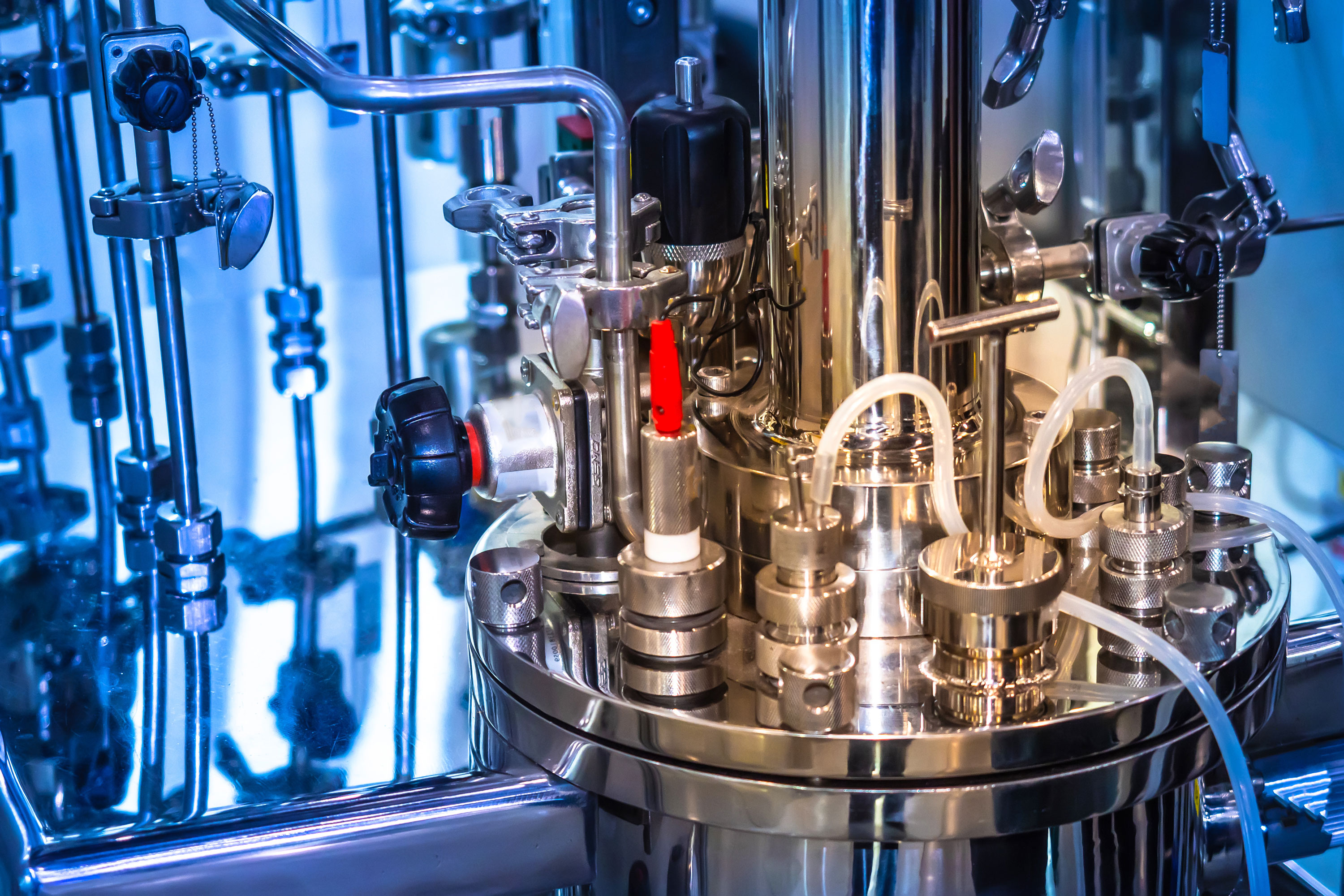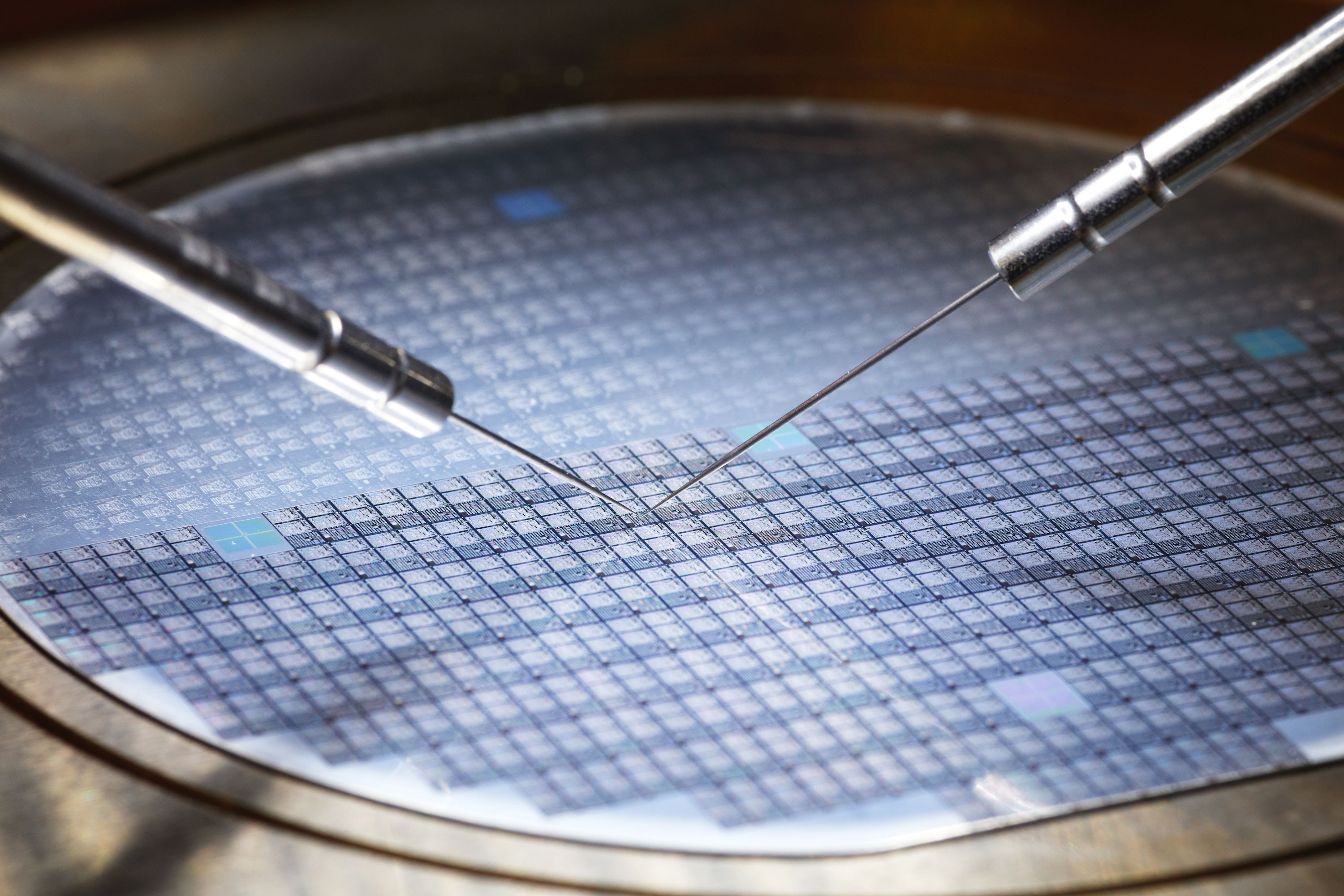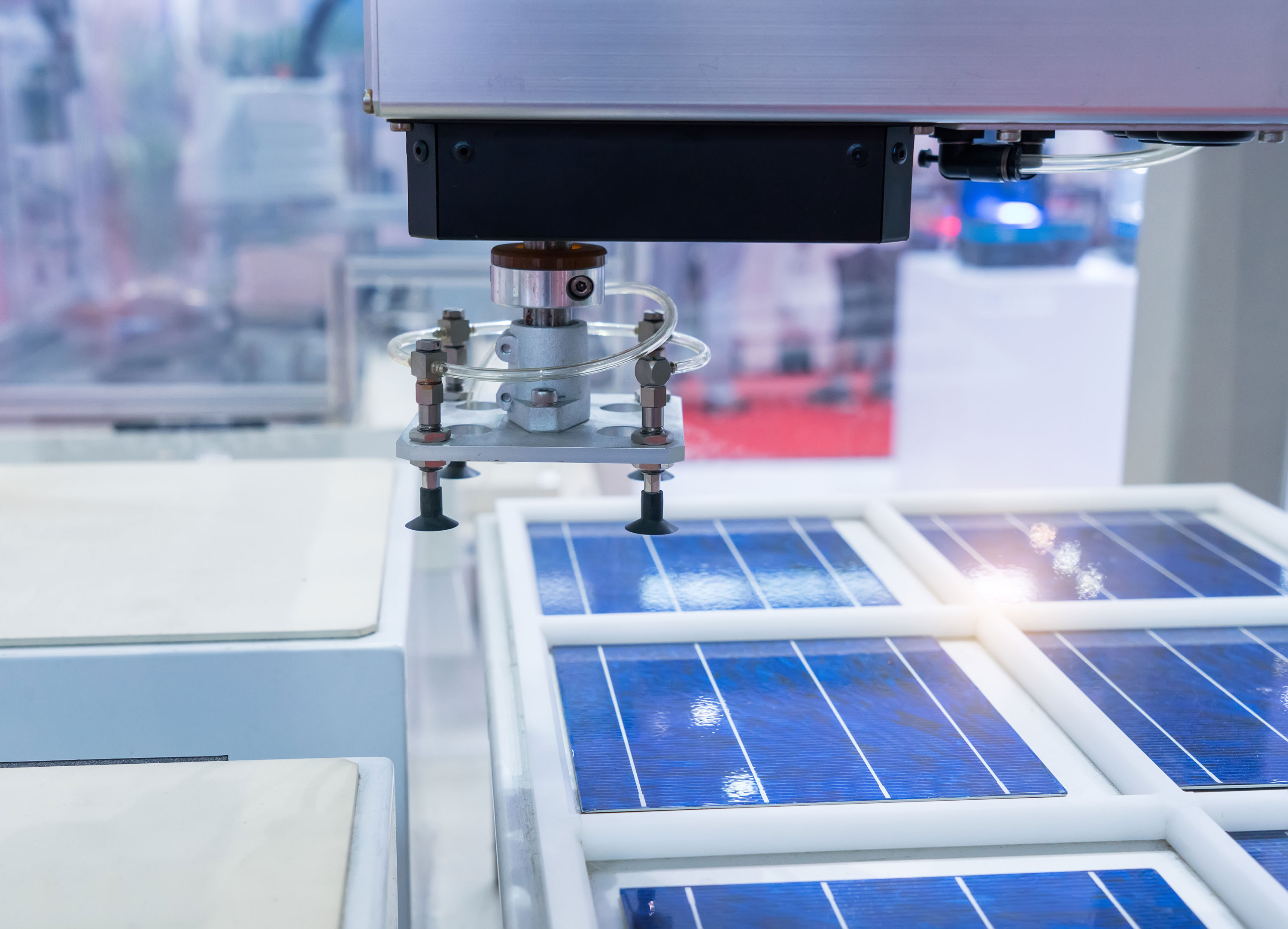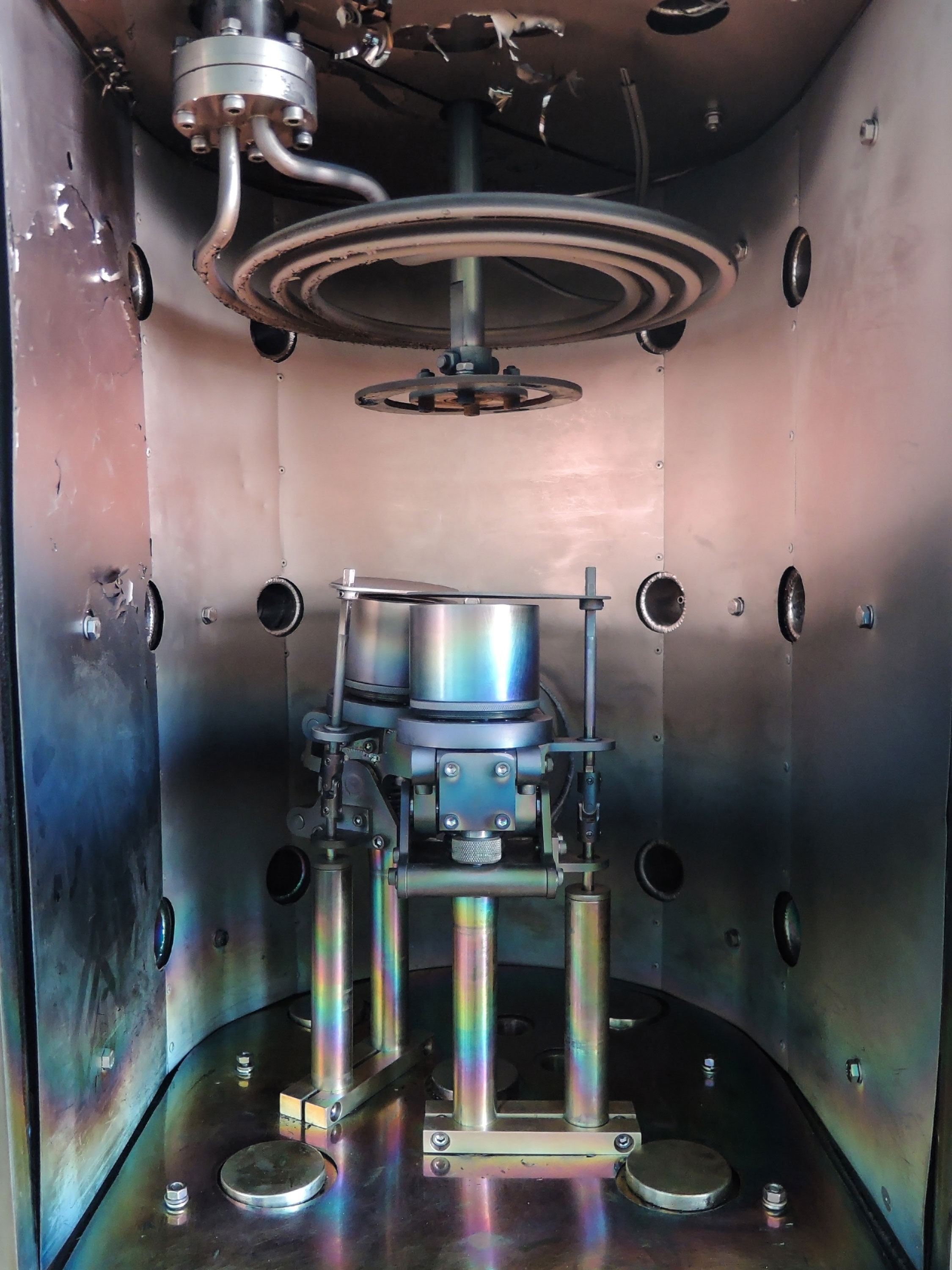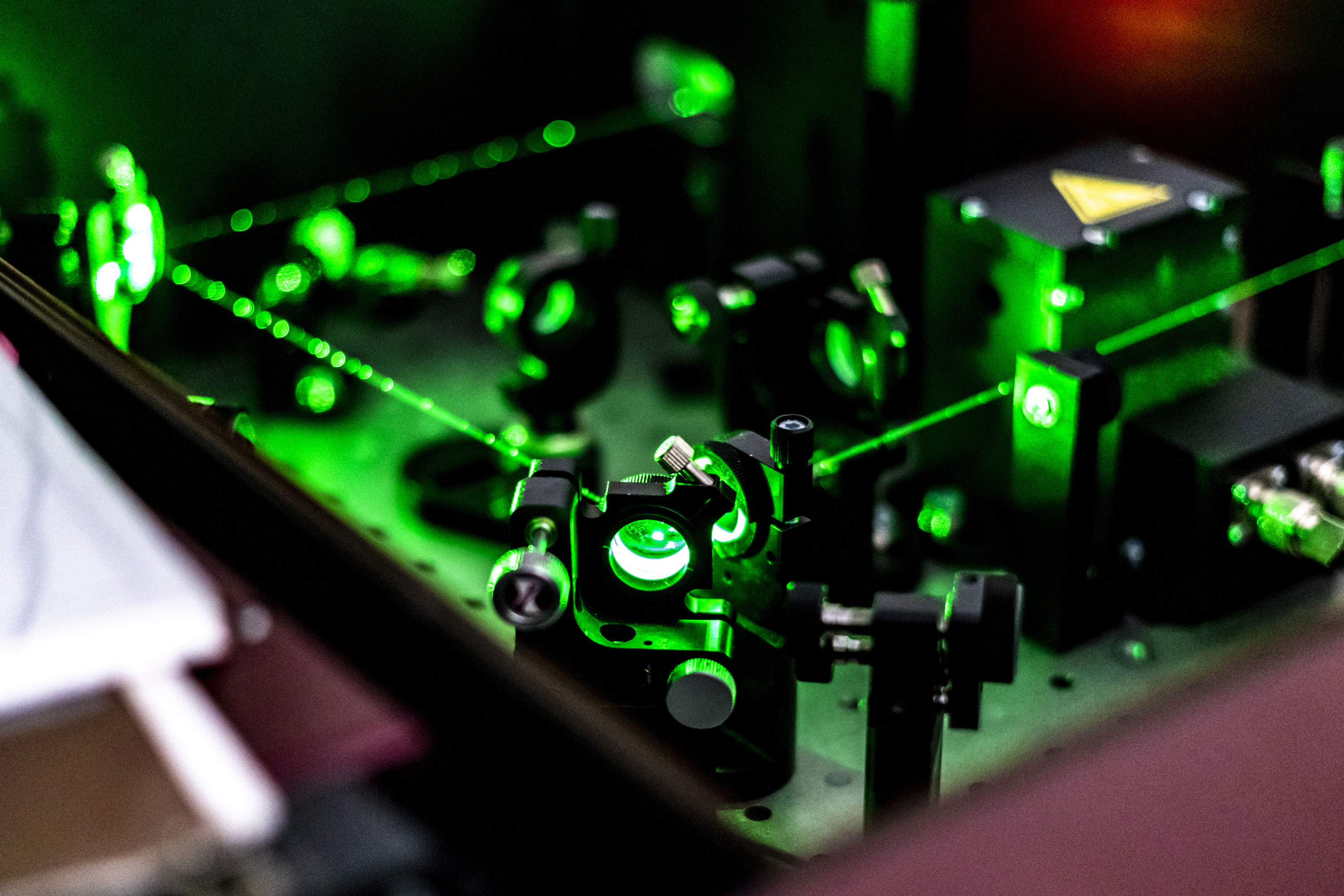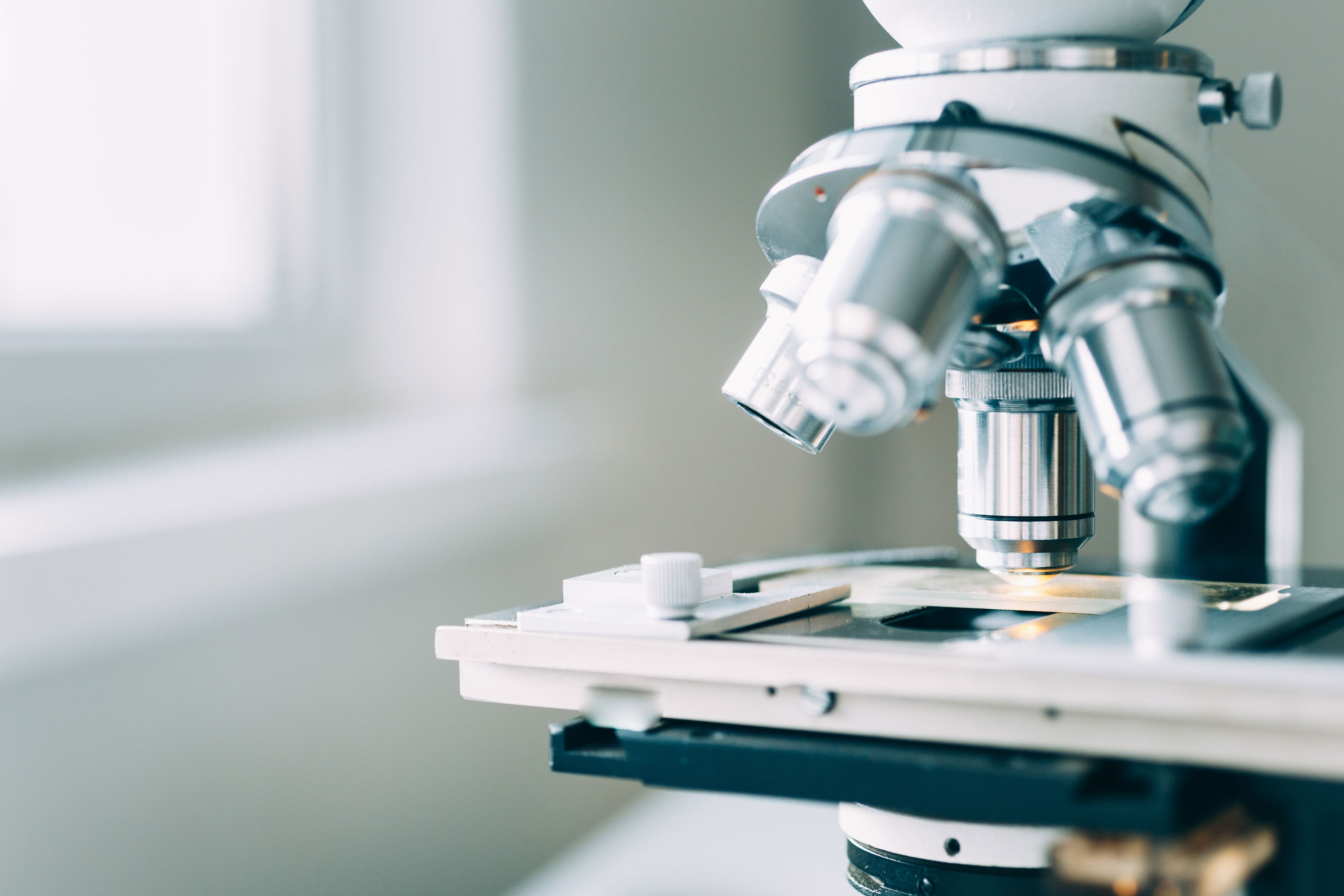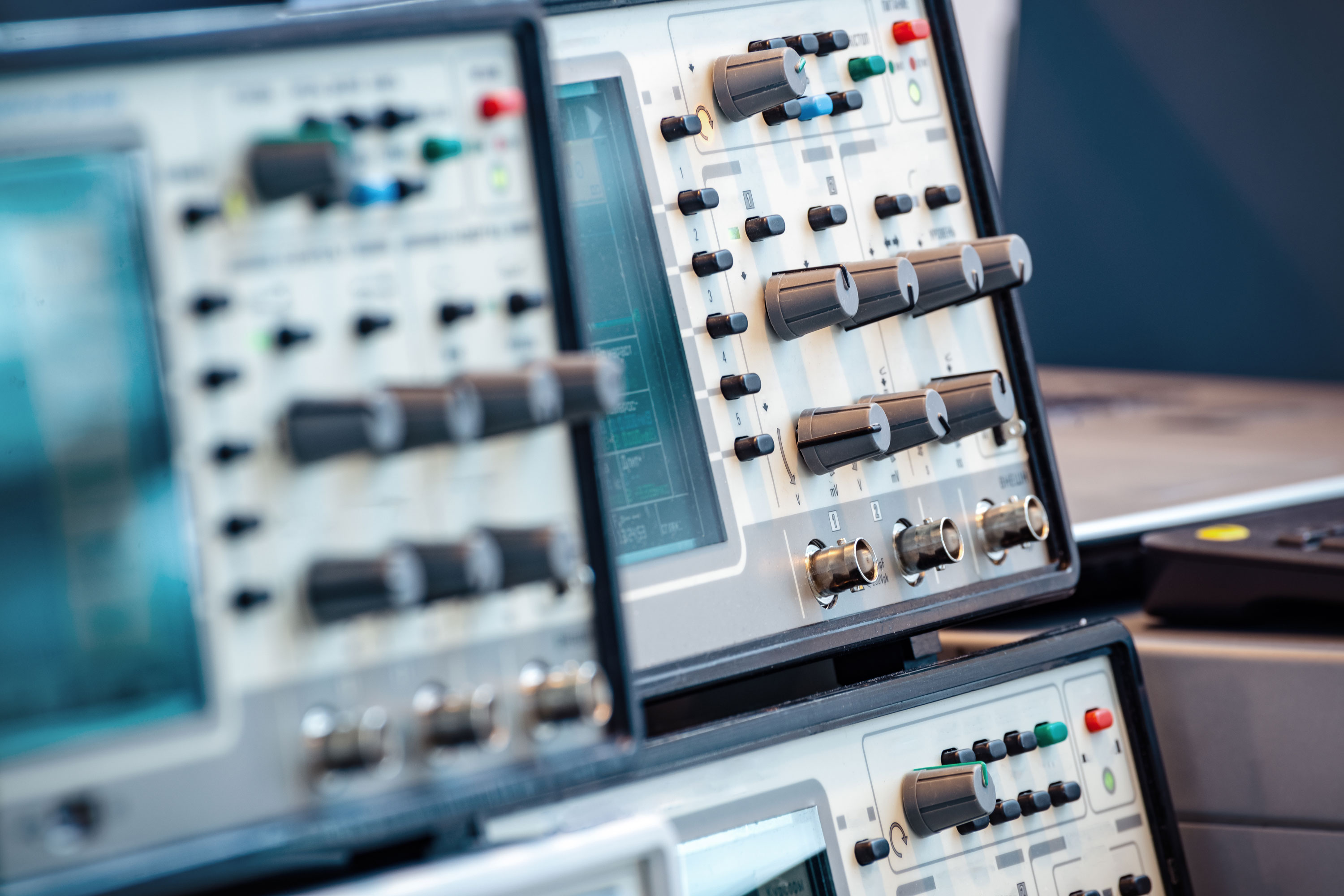It's all a question of qualityGeometrical measurement
Two basic procedures are used to measure and determine the quality of workpieces: On the one hand, the tactile (geometrical) measurement of components: In this standard measuring method, the shape, position and dimensions of elements are determined by systematically scanning the workpiece surface with touch sensors. On the other hand, determination of the surface finish delivers precise information on the functional surfaces of workpieces. Both allow reliable conclusions to be drawn about production quality and discrepancies. To determine the surface finish, the stylus method is used to give the surface profile of workpieces with a diameter of even only 5 mm by means of automated scanning.
We use both methods – also in combination. This means we can scan the surface of your workpiece point by point, enabling us to give an extremely accurate picture of whether your workpiece has the desired quality characteristics. The results are documented in the form of detailed measurement reports, which you can use, for example, to optimise production processes in a targeted fashion. For tactile measurement of customer components we offer traversing ranges of up to 1,000×600×500 mm, and we can determine the surface finish of functional surfaces for workpieces with a diameter of at least 5 mm. Both methods can be applied to materials as diverse as metals, semi-metals, ceramics and oxides, among others. We work for customers in various sectors, among them optics and optoelectronics, the coating industry, medical technology and semiconductor technology, mechanical engineering and research and development.
Facts
Two complementary methods
Geometrical measurement & determination of surface finish
Both methods work by tactile means
Suitable for a broad material spectrum
Technical data
Geometrical measurement
(x,y,z): 1,000×600×500 mm
Roughness measurement
Diameter (Ø): min. 5 mm
Measurements: min. 5×5 mm

